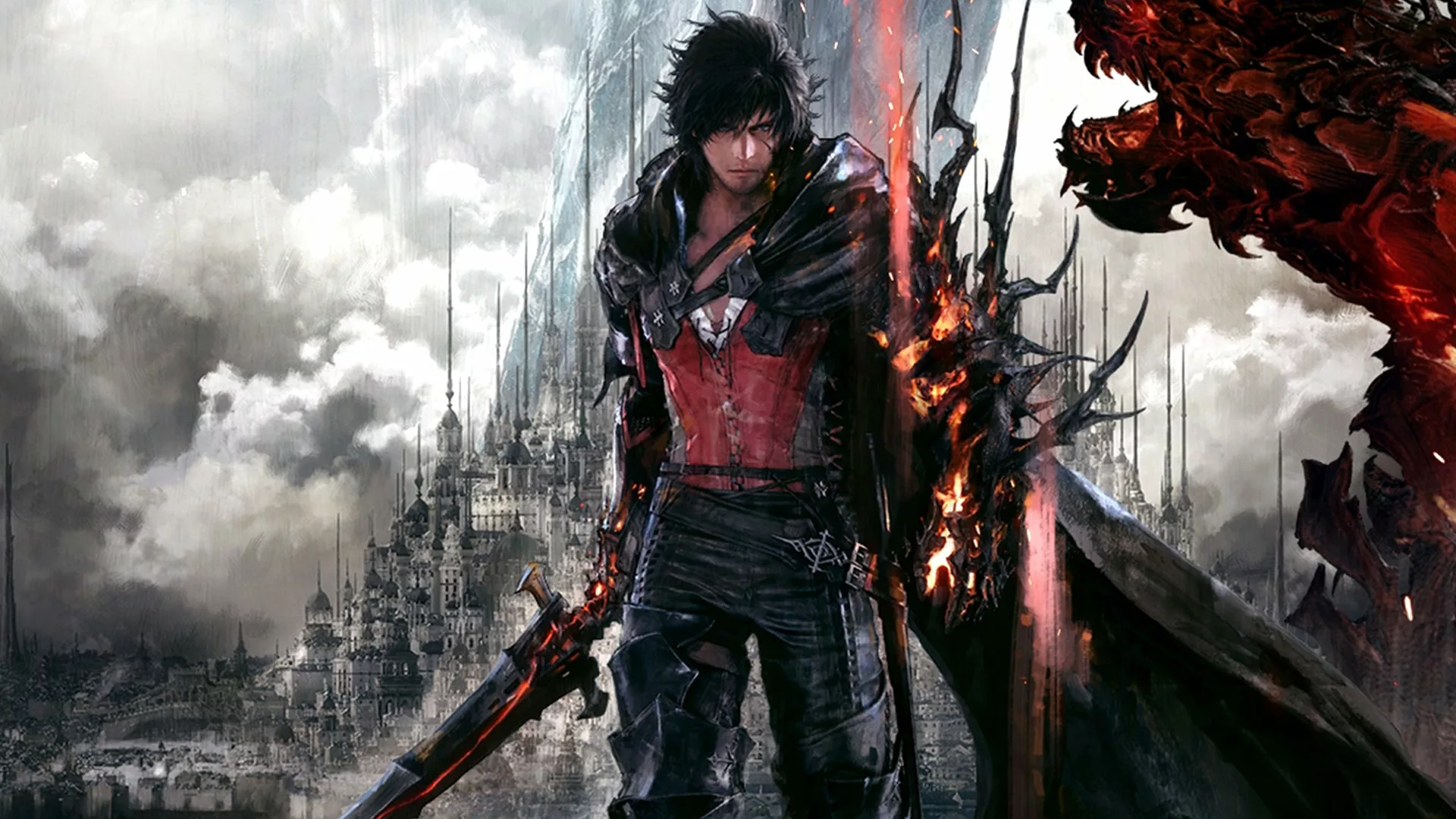
Final Fantasy XVI had its brilliant points, but it also hews closely to the constrictive staples of modern game design. Baldur’s Gate 3, Iain argues, offers a way forward.
The launch of a new Final Fantasy still feels like a big event, but since the series has entered the double digits, the games’ production has become increasingly fraught.
The development of Final Fantasy XII was disrupted by the departure of director Yasumi Matsuno a year before its release. Final Fantasy XIII was a graphical marvel which was described by several critics as being a case of style over substance. MMORPG Final Fantasy XIV’s 1.0 launch was an unprecedented disaster for the series, while XV suffered a decade of development hell before launching in a state so under-baked that portions of it were later replaced entirely via patches and DLC.
Final Fantasy XVI arrived in June with a sense of confidence we can scarcely remember from the series. The 2020 news that it was to be directed by Naoki Yoshida (who transformed XIV from a shameful mess into one of the world’s most beloved and successful MMORPGs) was a promising early sign. Reports over a year before its release that the game was essentially complete and had entered the polishing stage was another.
Watch Noclip’s documentary on the worst days of Final Fantasy XIV and its miraculous turnaround, and it becomes clear that this was no fluke. Yoshida isn’t just a clear-headed creative director, but a competent project manager; exactly the kind of talent Square Enix desperately needed after years of prematurely announcing projects before leaving them to flounder aimlessly (Final Fantasy Versus XIII, we hardly knew ye). If internal gripes from a recent Bloomberg report are to be believed, it’s the kind of talent that Square Enix is struggling to foster elsewhere.
With a seeming lack of developmental drama, Final Fantasy XVI’s greatest controversy was its announcement of being unabashedly an action game. Ryota Suzuki, veteran Capcom battle designer, was brought onboard to direct the game’s combat system. Subsequently, most of the RPG conventions the series was once famous for – like controllable party members, turn-based combat and elaborate customisation systems – vanished.
While it’s initially an odd fit to have a Final Fantasy game play like a Devil May Cry, when XVI is firing on all cylinders, its status as an action game does nothing to impede it. The story’s compelling (if at times preposterously derivative of Game of Thrones), the characters are likeable, it has the best voice acting of the series by a country mile. The real-time combat has both heft and fluidity, and its lush cinematics invoke the wow factor of the FMVs of the series’ PS1 heyday. It’s the most cohesive and coherent Final Fantasy in recent memory.
Why then, can’t I shake my disappointment?
Read more: Final Fantasy XVI review | Swords, sorcery and spectacle
Breathing space or busywork?
The troubles begin in the game’s hideaway – an area designed to serve as a breathing space where our hero Clive can craft upgrades, consult NPCs and take on side quests. While these side missions in theory serve a wider purpose in furthering Clive’s bonds with his ragtag band of allies, they are by-and-large so dull, so long-winded, so superfluous, that they make the game’s excitement flatline completely.
Of course, those quests are by their nature optional, but the way they’re telegraphed means that, for an insufferable completionist like myself, they became an obligation. Soon I began to dread the ‘woosh’ sound that adds ten exclamation marks all over the map, giving me another shopping list of menial tasks I had to complete before I could proceed to the next (excellent) story beat. You can’t deny that the game is a spectacular showcase for the PS5, but its beautiful and roaming environments, which mostly exist to furnish this side content, end up feeling empty.
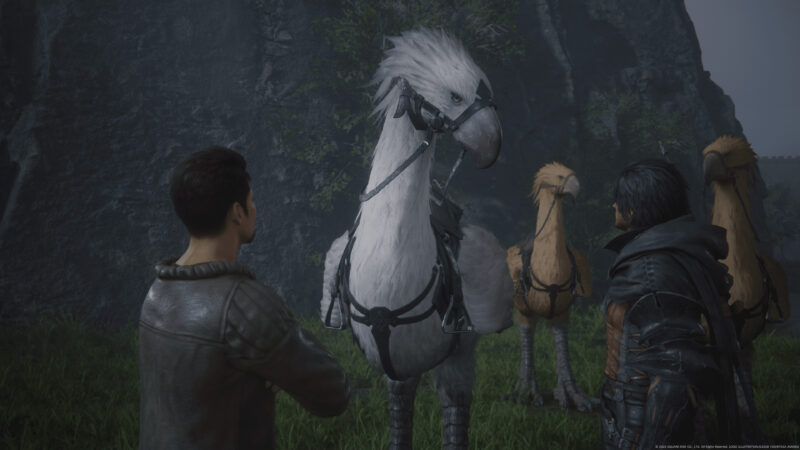
Maybe I’m just being a nostalgic pedant, but to me this kind of forced busywork goes against Final Fantasy’s spirit. The series has always had side content which rewards straying from the beaten path, but this was once allowed to emerge organically, without signposting, and in a way which didn’t feel so arbitrary. Playing through the excellent Pixel Remasters of the series’ SNES titles recently, I was struck by how, even within the confines of their set paths, the games offer a huge amount of freedom. There’s nothing to signal to go, or betray concerns that the player will lose sight of their objective; they trust that players will explore at their own pace, and find their way home again.
I think the reason I find the gulf between these earlier games and Final Fantasy XVI so dispiriting is because it feels like the symptom of a wider problem. Any title with triple-A ambitions, from God of War to Horizon to Spider-Man to the Tomb Raider reboots, seems now completely beholden to this kind of design; games with arbitrarily huge environments in service to constantly advertised and oftentimes tedious extracurricular tasks.
What’s ironic is, the homogeneity of this design renders these supposed wonderlands of discovery rote and predictable, a paradox neatly summed up by Dene Carter, co-creator of Fable when he wrote on Twitter: “I rarely see a triple-A game now where I say: ‘Ooh! I wonder what the hell that’s all about!’ And that’s by design. You’re not supposed to wonder. You’re supposed to know… If you don’t already know how it’s going to play, the marketing has ‘failed’.”
Final Fantasy XVI, by foregoing its RPG elements, is clearly aiming at a broader church, and perhaps the reality is that this kind of action-adventure design has perforated prestige games so thoroughly, that it’s the price Square Enix has to pay to ensure the game would have a wide appeal. If so, it’s a gambit which to date has yet to pay off, with reports that the game has underperformed when compared to its gargantuan budget. It begs the question: if even courting the most mainstream design trends of the day isn’t letting Final Fantasy out of its modern funk, does the series have a credible future?
Read more: Baldur’s Gate 3 review | The ultimate D&D simulator?
Out of the gate
It’s hard not to compare the situation Square Enix are in with Larian Studios, who in August finally dropped Baldur’s Gate 3 like a holy hand grenade after three years of Early Access. Baldur’s Gate 3 is an RPG of astounding depth, quality, and innumerable permutations, but on paper, with its huge maps and endless side content, it isn’t far removed from the modern design tropes I’ve already derided. But whereas Final Fantasy XVI uses these features as arbitrary padding, every square inch of Baldur’s Gate 3 has been painstakingly coated with significance. Every location has interesting things to do and discover. Every side quest feels meaningful and designed with purpose. Every character, from the most major to insignificant has been fully voiced and motion-capped by an individual actor to the same level of detail.
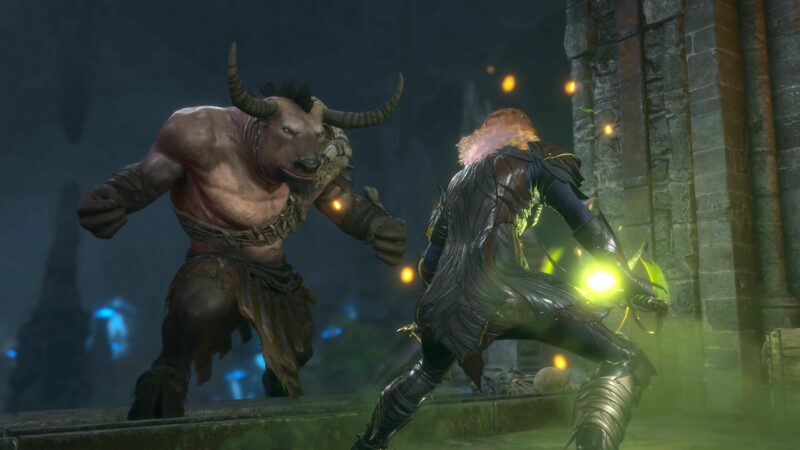
Despite its embarrassment of riches, however, the game doesn’t overwhelm the player with an Ubisoft-style interface. The game’s map is restrained, granting players destination markers for quests they’ve already received, but otherwise trusting players to explore without two dozen markers over the map making us feel like we’re at the helm of a war room. In fact, a vast number of the game’s permutations, like a small choice you make when dealing with an NPC which will affect your playthrough later, aren’t signposted by the UI in any way.
In short: Baldur’s Gate 3 nothing seems superfluous, because every piece of the game feels just as important as the next.
Baldur’s Gate 3’s quality seems to reach so far in every direction that it’s already considered a major anomaly in the triple A space, a lightning rod sparking debates as to why all games aren’t aspiring to its nightmarishly high benchmark. While I can’t deny the game is going to leave many of its contemporaries in the dust this year and beyond, it seems absurd to expect every studio to be able to deliver a product of the same quality without access to the extremely specific luxuries afforded to Larian – namely, the huge foundation of tech and developmental experience the studio gained from making its Divinity series, buoyed by the abundance of playtesting, time and revenue afforded by years of early access sales. Nonetheless, there are lessons to be taken from Baldur’s Gate 3 for all developers, and for the future of Final Fantasy too.
Read more: Third-person action adventure games – has the genre run out of ideas?
The D&D connection
On the surface, Final Fantasy and Baldur’s Gate are polar opposites; one eastern, one western, one derived from Japanese console RPG conventions of the 80s and 90s, the other from computer RPGs of the turn of the century. Baldur’s Gate 3’s ethos is borne from the total freedom of a tabletop Dungeons & Dragons session (where a canny Dungeon Master can pivot and adjust based on the player’s whims), whereas Final Fantasy has tended towards more linear and tightly curated experiences.
This makes it easy to forget that Final Fantasy’s origins are just as inextricable from tabletop gaming. The entire bestiary for the original Final Fantasy in 1987 was lifted wholesale from 1st edition Advanced Dungeons & Dragons, not to mention its job system, and even its depiction of the now iconic summon Bahamut (though the name is derived from Arabic myth, Bahamut’s depiction as a dragon is completely owed to D&D).
Something of this ancestral spirit remained even after the series started to forge its own way. Think of the moment in the original Final Fantasy VII when you leave Midgar for the first time to emerge onto the world map, and realise how little of the game you have really seen. In truth, you have little choice but to go to the town of Kalm, but like that wily DM who allows you the feeling of freedom while steering you along their exacting path, the game doesn’t shatter that beautiful veneer of infinite possibilities.
It’s understandable why Final Fantasy, which in many ways has been in an identity crisis since Hironobu Sakaguchi left Square Enix near the turn of the century, would turn away from itself and towards the contemporary gaming landscape for a cue on how to carve a way forward. But Baldur’s Gate 3 with its lack of hand holding or chaff, shines a spotlight on the fallacy behind the ostensible Quality of Life features that are now so ubiquitous. What is meant to be for the benefit of the player is actually the antithesis of the exploration and wonder we’ve paid to enjoy.
Not everyone can or should replicate what Baldur’s Gate 3 does, but they could follow its principles: focus on quality over content for the sake of content. Resist modern conveniences. And above all, trust players to get delightfully lost and come home again. Do all that, and developers might get closer to capturing some of its magic. In the same way, Final Fantasy might rediscover the sense of freedom that has always been in its DNA.
Alternate perspective: In defence of Final Fantasy XVI’s side quests


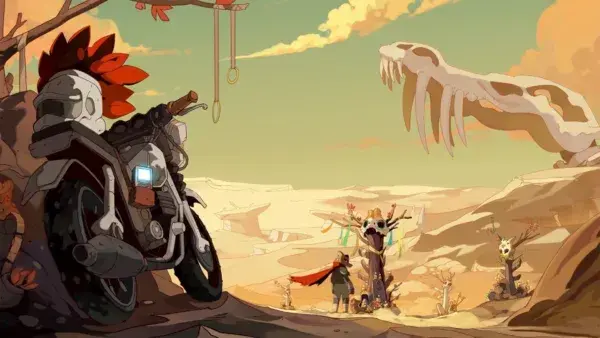
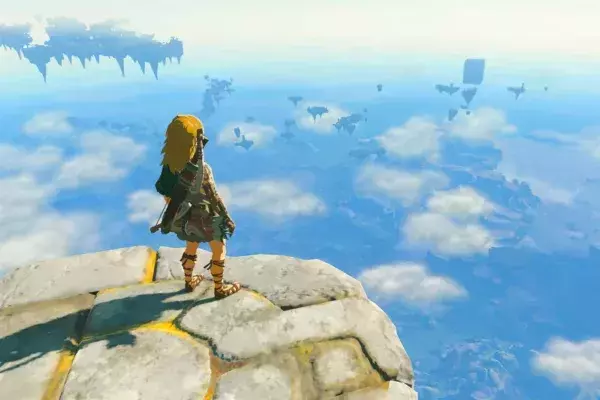
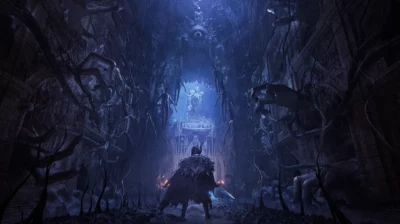
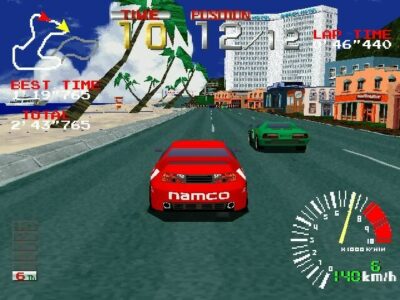
1 Trackback or Pingback